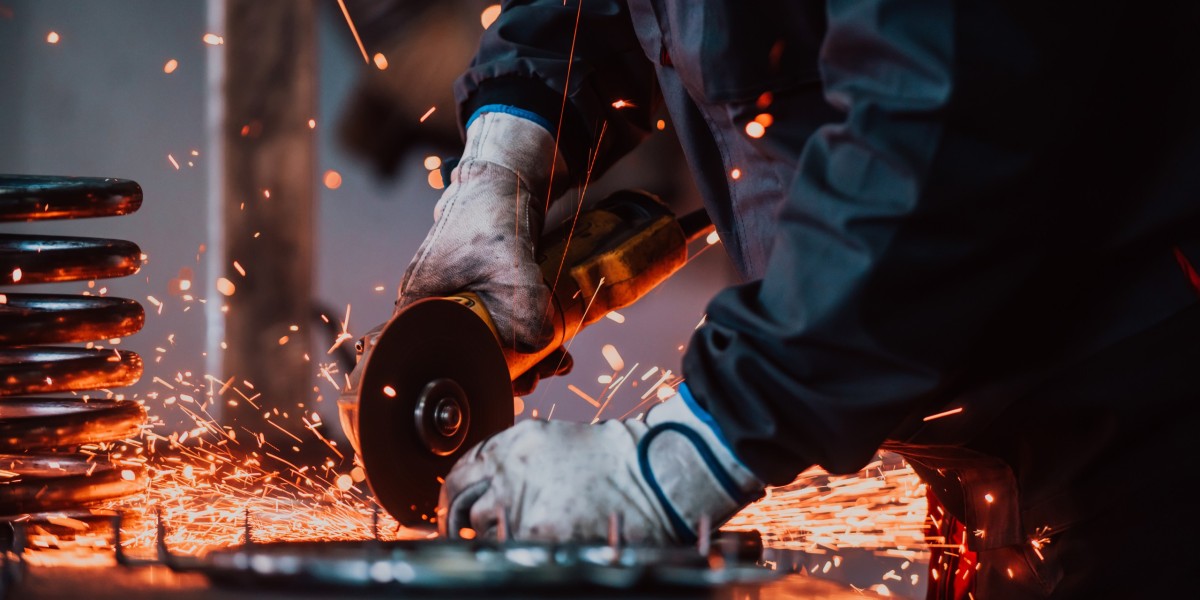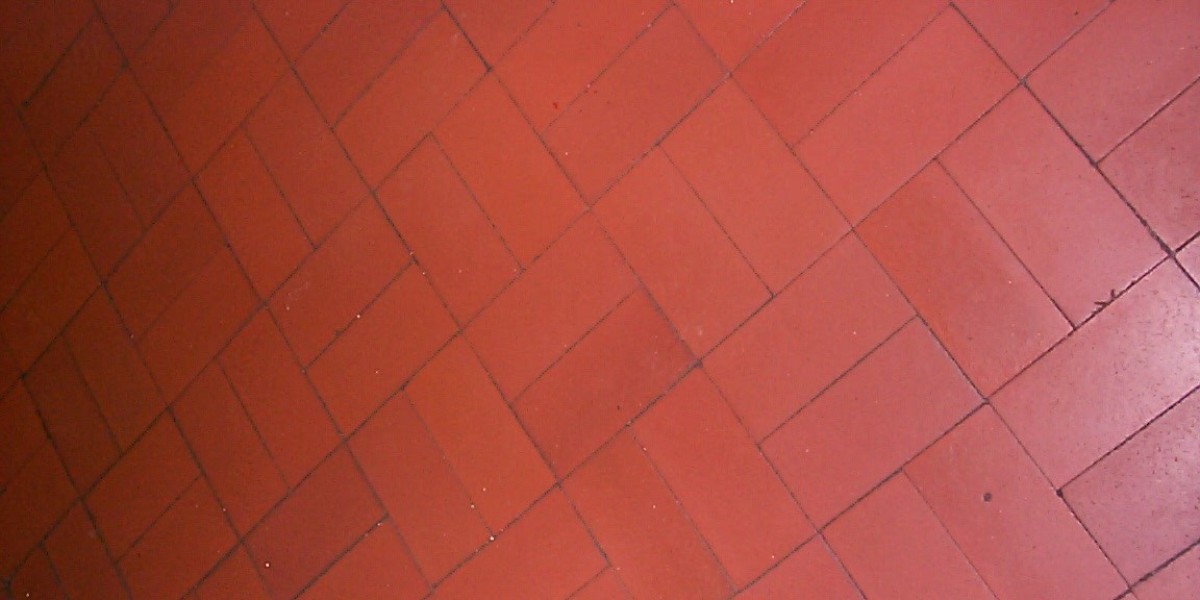Stainless steel has become one of the most widely used materials in metal fabrication. Its strength, durability, clean appearance, and resistance to corrosion make it a reliable choice for countless applications across various industries. From food processing equipment to architectural structures and medical devices, stainless steel offers qualities that meet both functional and aesthetic needs.
This blog explores the key benefits of stainless steel in metal fabrication and why it continues to be a preferred material for manufacturers around the world.
Excellent Corrosion Resistance
One of the biggest advantages of stainless steel is its natural resistance to corrosion. The presence of chromium in the alloy forms a thin protective layer on the surface, preventing rust and damage from moisture, chemicals, and extreme environments. This makes stainless steel ideal for industries such as food processing, marine engineering, pharmaceuticals, and outdoor construction.
Even when scratched, the protective layer repairs itself, ensuring long-term protection and minimal maintenance needs.
High Strength and Durability
Stainless steel is known for its impressive strength, making it suitable for demanding applications. Fabricated stainless steel components can handle heavy loads, high temperatures, and constant use without deforming or cracking. This durability is especially valuable in industries like oil and gas, automotive, and industrial manufacturing where equipment must withstand harsh conditions.
Because of its reliability, stainless steel often leads to longer-lasting products, reducing the need for frequent replacements.
Easy to Fabricate and Shape
Despite its strength, stainless steel is surprisingly easy to fabricate using modern tools. It can be cut, welded, bent, and machined with precision. This makes it a flexible material for creating everything from small brackets to complex structural frames.
Fabricators use techniques such as laser cutting, CNC machining, waterjet cutting, and TIG welding to achieve accurate results. The material’s predictable behaviour during fabrication ensures smooth production and high-quality finishes.
Attractive and Modern Appearance
Stainless steel has a clean, polished look that adds a modern feel to any product or structure. Its shiny, reflective surface makes it popular in architecture, interior design, commercial kitchens, and household appliances. Buildings, railings, cabinets, and equipment made from stainless steel maintain their visual appeal for many years.
The material’s ability to resist stains and scratches also helps preserve its clean appearance, even in high-use environments.
Hygienic and Easy to Clean
Another major benefit of stainless steel is its hygienic properties. The smooth, non-porous surface does not absorb dirt, bacteria, or liquids, making it ideal for food-grade and medical applications. This is why commercial kitchens, medical devices, hospitals, and laboratories rely heavily on stainless steel fabrication.
Regular cleaning is simple, and the material can withstand sanitising chemicals without damage.
Eco-Friendly and Fully Recyclable
Stainless steel is one of the most sustainable materials used in fabrication. It is 100% recyclable, and many stainless steel products are made from recycled material. Unlike other metals, it does not lose its quality when recycled, making it an environmentally friendly option.
Its long lifespan also contributes to reduced waste, since stainless steel products often last for decades.
Wide Range of Grades and Finishes
Manufacturers can choose from many different stainless steel grades, each designed for specific applications. For example:
304 stainless steel is commonly used for general applications due to its excellent corrosion resistance.
316 stainless steel is ideal for marine and chemical environments.
400-series stainless steel works well for high-strength components.
Stainless steel can also be finished in various textures such as brushed, mirror-polished, matte, or bead-blasted, giving designers more options to match their project’s style.
Cost-Effective Over Time
Although stainless steel can be more expensive upfront than some other materials, it often proves more cost-effective in the long run. Its durability, low maintenance needs, and resistance to corrosion reduce repair and replacement costs. For industries that require longevity and reliability, stainless steel offers excellent long-term value.
Conclusion
Stainless steel plays a vital role in metal fabrication thanks to its strength, versatility, and long-lasting performance. Whether it’s used in industrial equipment, architectural design, medical tools, or food processing systems, stainless steel delivers dependable results with minimal maintenance. As industries continue to grow and new technologies emerge, stainless steel will remain a trusted material for a wide range of fabrication projects.







